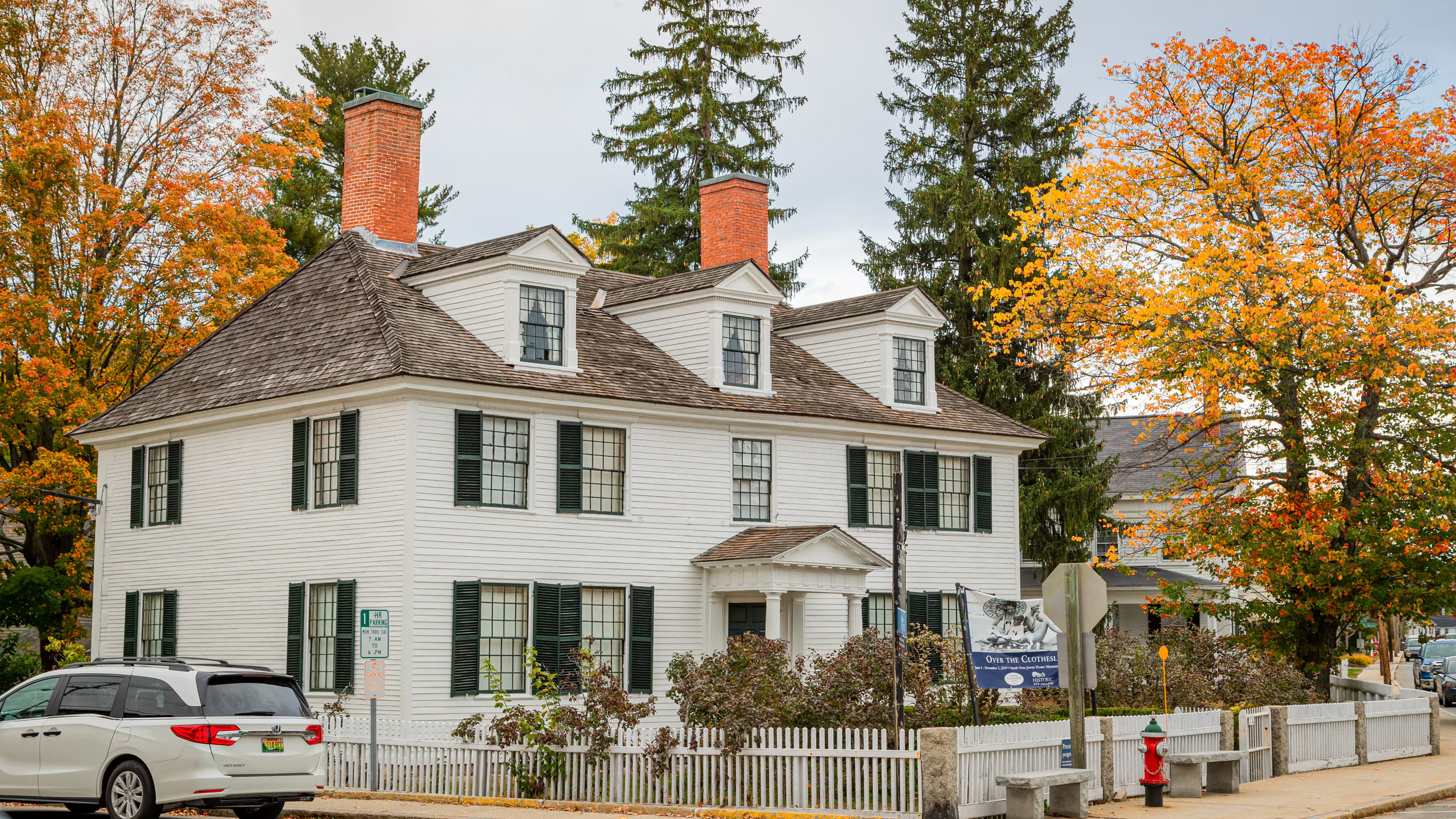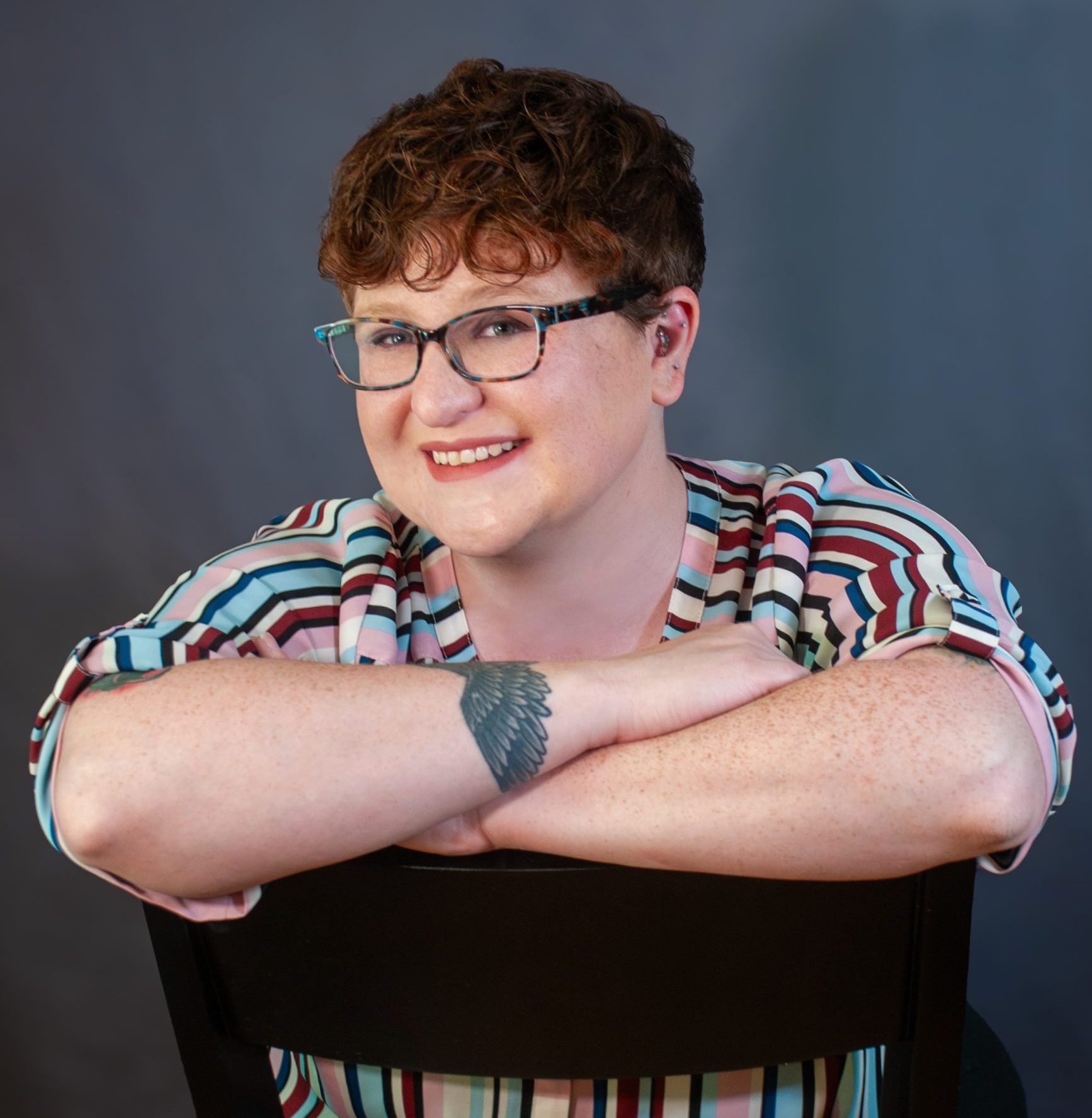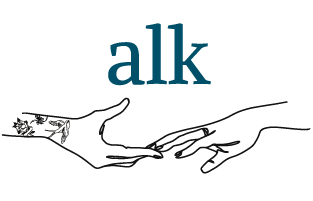Location: South Berwick, Maine
Mission: We save and share New England’s past to engage and inform present and future generations (Historic New England)

The Sarah Orne Jewett House in South Berwick, Maine, was bequeathed to Historic New England (HNE), the nation’s oldest regional heritage organization, in 1931 by Jewett’s nephew. For many years, interpretation focused on the architecture of the home of author Sarah Orne Jewett. Jewett and her sister married lived at the house for twenty-two years, though split her time between Maine and Boston, where she lived with Annie Adams Fields for half of the year.
Each HNE site conducts daily operations relatively independently, with a Team Leader for Visitor Experience who oversees the interpretation across all HNE sites. Since the 1990s, Peter Gittleman (he/him) has served in this role, working with historians, collections, and site staff to develop each site’s interpretation strategy. In the early 1990s, HNE responded to a shift in historic home interpretation, moving away from the focus on architecture and objects and towards the stories of the people who lived there. The Jewett House specifically gave HNE the opportunity to center a woman’s narrative, which was also an institutional priority as many of the properties focused on men.
Gittleman and Jewett House Site Manager Peggy Wishart (she/her), understood that the comprehensive story of Sarah Orne Jewett could not be complete without documenting her loving relationship with Annie Fields.
At the time, society was only beginning to be publicly tolerant of LGBTQIA+ people. Further, many historians were focused on needing proof of a sexual relationship in order to claim a subject was Queer. While there was considerable evidence of Sarah and Annie’s intimate relationship through their letters, and the fact Sarah spent half of the year in Boston living with Annie, there was no definitive “proof.” Given these circumstances, GIttleman and Wishart concluded that the Jewett-Field relationship should be framed as a “Boston marriage.”
This work was largely done in an unofficial capacity with little backing from HNE leadership, who were not keen on discussing Queerness at the Jewett House. The Executive Director encouraged staff committed to this work at Jewett House and other HNE sites to be patient as leadership would more aligned with modernizing HNE’s narratives in time. Meanwhile, Gittleman and Wishart proceeded with making small steps towards progress.
In 2013, the Jewett House welcomed a new Site Manager, Brooke Steinhauser (she/her), who was tasked with reimagining and reinterpretation of the property. At this time, she discovered that the “Boston marriage” themes were no longer part of the standard tour. With the site management change and guides overall not feeling comfortable discussing Jewett and Fields’ “Boston marriage,” the Queer narrative largely disappeared from the Jewett House experience with time.
To change this, Steinhauser worked with Gittleman and other HNE leaders to have with intentional conversations with guides to deepen their understanding not just of Jewett and Fields, but of the LGBTQIA+ community as a whole, contemporarily and historically. Bringing Jewett’s Queer experience to the forefront was a central to the Jewett House’s overall revitalization as a community space that began under Steinhauser’s leadership.
This work continued with the subsequent Jewett House Site Manager, Marilyn Keith Daly (she/her), who was equally committed to interpreting the Jewett-Fields relationship as a Queer story and modernizing the interpretation overall. By this time, HNE was eager to support initiatives that told more inclusive stories across its properties.
Daly worked with Seacoast Outright (now New Hampshire Outright) to support staff with understanding the LGBTQIA+ community, as well as the evolution of language. For example, the term “lesbian” as we understand it today was not a common term in Jewett’s time. Daly held many trainings in small groups of just two or three staff members to foster thoughtful conversations and ensure every guide had the time and attention they needed to understand the material. Other trainings explored managing differences to support visitors with varied experiences and needs, as well as navigate challenging conversations.
The soft launch of the new tour began in 2018 with special “Pride Tours” marketed for the public as an occasional special topic. However, as both the staff and public acclimated to this material, this became the standard tour. At the organizational level, the marketing team focused on amplifying the diverse narratives that had begun to be told across the properties.
Overall, the response has been positive. Many visitors express appreciation for hearing Jewett’s story, both Queer and allied. While many visitors come to the Jewett House with a love of literature, Gittleman and Daly all observed that the Jewett House was becoming a destination for the Queer community. Visitors even come from across the country to visit or ask for amended hours to accommodate travel plans.
“I think the best tour that I can remember was a celebration for a young woman who had just come out as lesbian,” Daly recalls. “She was with her fairly new partner. It was so celebratory, very joyful.”
The evolution of the Jewett House interpretation over nearly thirty years has allowed HNE to intentionally craft a thoughtful strategy for community engagement. Seacoast Outright remains a partner of HNE, including updating the tour as preferred language involved within the Queer community. The Jewett House has also served as a place of celebration, especially during the annual Pride Garden Party, which is both a community event and opportunity for fundraising.
Looking at the timeline of the Jewett House, which also maps along the regional and national progress of gay marriage, societal context played a huge role. The pushback Gittleman and team experienced in the late 1990s and early 2000s aligned with society’s tolerance (and lack thereof) of Queer people.
Initiatives like the Jewett House reinterpretation paved the way for HNE’s new commitment to uncovering and documenting diverse histories. While HNE now proudly amplifies its commitment to diversity and inclusion, it is important to recognize the staff members who have been pushing for this work for decades. In reflecting on the reinterpretation of the Jewett House, among other initiatives, Gittleman shares that it is important to understand your organization well, what you have the ability to do, and your ultimate goal.

Did that example spark some ideas for your museum or organization?
Let’s connect to make those ideas a reality! Book a Discovery Call today.

